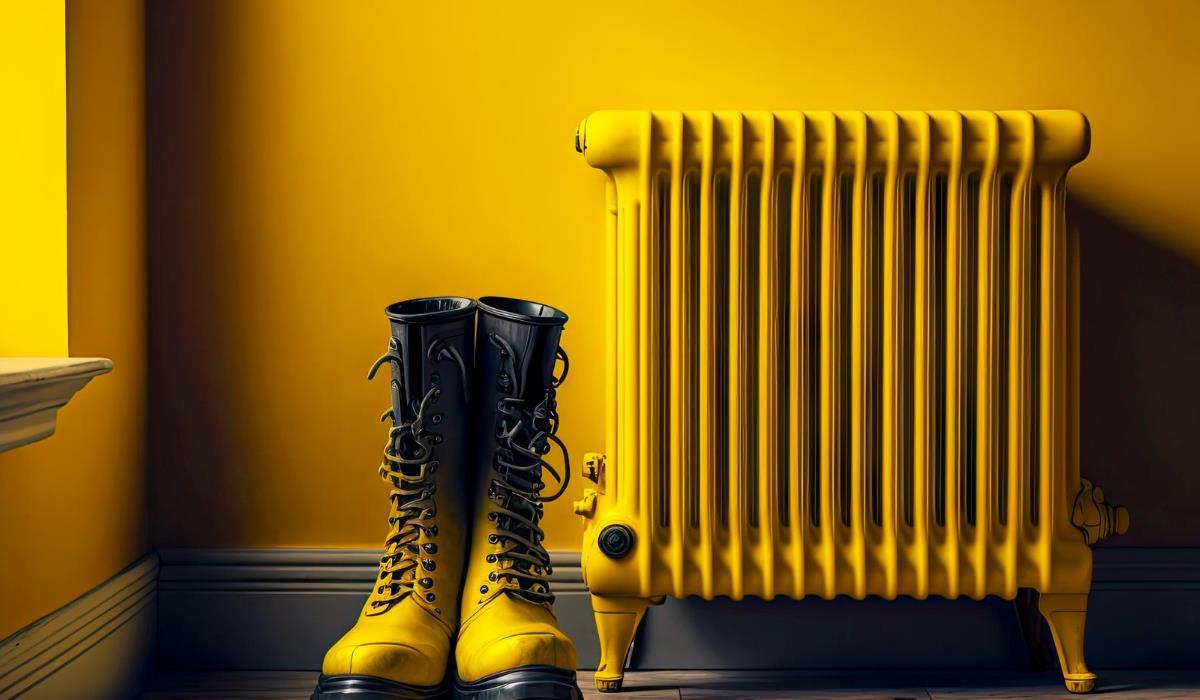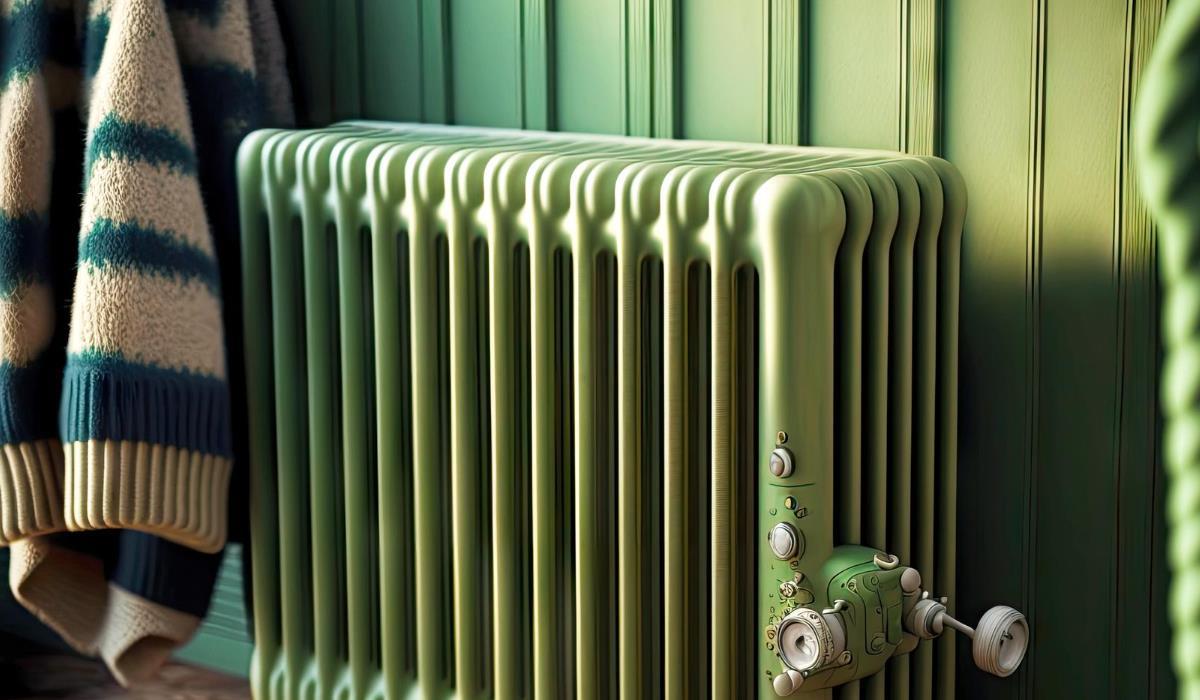The key to success is choosing the right paint. The best will be metallic, resistant to high temperatures. Our step-by-step guide will help you how to paint the radiator in a proper and effective way. We will cover the different types of radiators such as cast iron, stainless steel, aluminum, copper and brass and show you what factors to consider when painting each one.
Cast Iron Radiators: Although less common these days, cast iron radiators are still held in high esteem for their antique look. They are durable, but at the same time fragile, so they require a careful approach. Before painting cast iron radiators, it is worth carrying out renovation work in spring or summer.
Stainless steel radiators: Stainless steel radiators are elegant and versatile. They are chosen primarily for their corrosion resistance.
Aluminum radiators: Aluminum radiators are very efficient and dissipate heat quickly. However, special attention should be paid to their maintenance to avoid damage.
Copper and Brass Radiators: Copper and brass radiators are popular for their efficiency in heat dissipation. Unfortunately, they are not as durable as other types of radiators.

How to paint a radiator?
Painting a radiator is relatively simple, but requires proper preparation. Here are some steps to take:
Step 1: Choose a paint
Choose a radiator paint that is suitable for metal interior surfaces. The paint should be rust and heat resistant. Choosing the right type of paint is crucial for the durability and aesthetics of the painted radiator.
Step 2: Prepare the heater
Turn off the heater and wait for it to cool down. Then tape the control valves and vents to avoid painting those areas. Also make sure that the walls around the radiator are properly protected against accidental paint contamination.
Step 3: Prepare the surface
Before painting, gently wipe the radiator surface with a damp cloth to remove dirt. Then leave the radiator to dry completely.
Step 4: Applying paint
Apply a coat of primer to the radiator with a brush or roller. Remember to spread the paint evenly and avoid over-application. After applying the primer, wait according to the manufacturer’s recommendations, then apply a coat of paint according to the chosen style and color.
Step 5: Finish

When painting is complete, remove any protective tape and collect painting supplies. Allow the paint to dry for about 24 hours before restarting the heater. Be patient to avoid damaging the freshly painted surface.
Summary
Painting a radiator is a great way to give a new life and character to a room. With the right tools and the right preparation, you can turn your radiator into a beautiful decorative piece. Regardless of the type of radiator, it is important to choose the right paint and follow the instructions.



